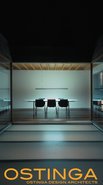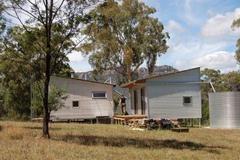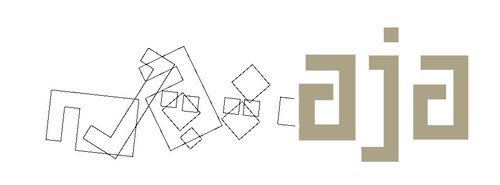Stukel Stone

Stukel Stone approaches projects inspired by the interplay between reality and fiction and was formed by Architect Daniel Stukel Beasly and Set & Costume Designer Tobhiyah Stone Feller. The dialogue between Architecture and Performance Design offers contradictions, complexities and themes that strongly inform their practice such as; temporality vs permanence and lived experience vs imagination. Daniel is a registered architect with over eight years professional experience. He graduated from the UNSW in 2005 with first class honours. That same year he joined PTW Architects where he earned a senior role on a team designing a major extension to the National Gallery of Australia.
Driving directions to Stukel Stone on map
Stukel Stone on Google Maps
Projects:
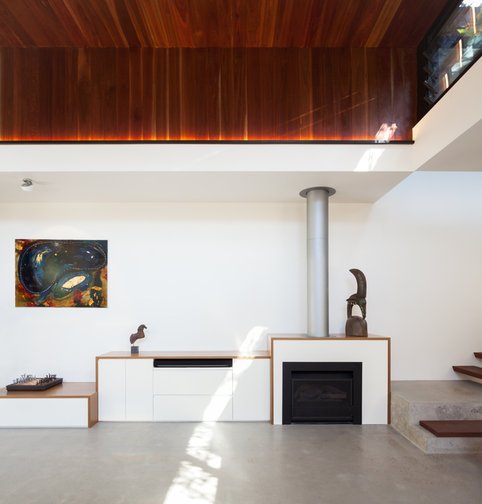

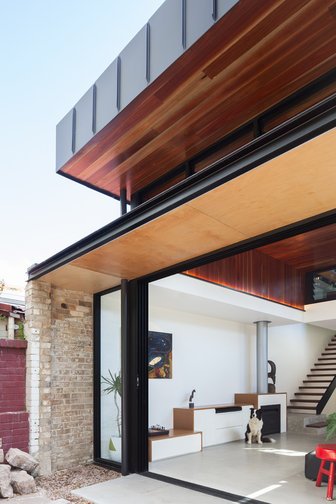
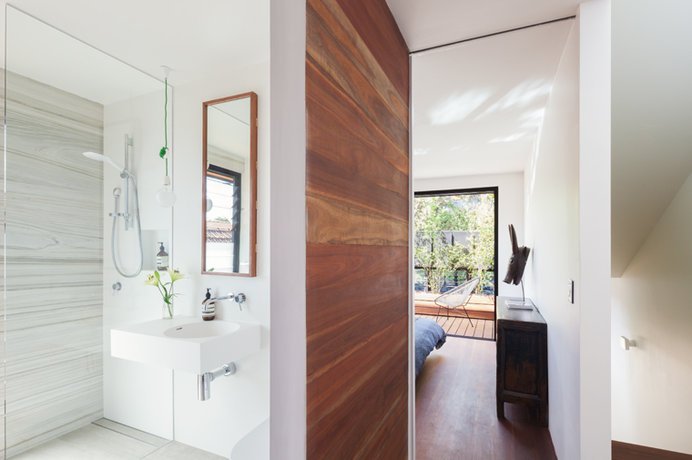
Splice House
Wollstonecraft, Sydney NSW, 2014
The existing fabric of the semi-detached dwelling was interrogated for all redundant partitions and structure which were unceremoniously removed. The opportunities of the project were revealed as the resultant internal volumes were amalgamated then re-apportioned within the existing building envelope. The ceiling to the original entry corridor sweeps in a curve to a soaring 6.5m with high level clerestory glazing, setting the tone of the light-filled renovated works to the rear of the house. In playful contrast the upstairs shared bathroom is secreted behind a camouflaged timber board wall lining. The new volumes are strategically set within the existing form of the building, linked by a first floor balcony with planting. The living space is a double height Pavilion with clerestory glazing to three sides, with generous awnings to protect openings and provide light shelves which illuminate the ceiling. The design was devised in primarily two architectural sections. The first a more ‘public’ circulation link between the front, rear and upper levels of the house, and the second a series of interconnected terraced planes and roofs from the main bedroom to the back wall of the garden offering visual, aural and spatial continuity. These two conceptual sections reconcile at an improbably sharp ceiling junction formed by structural trickery, the Splice.
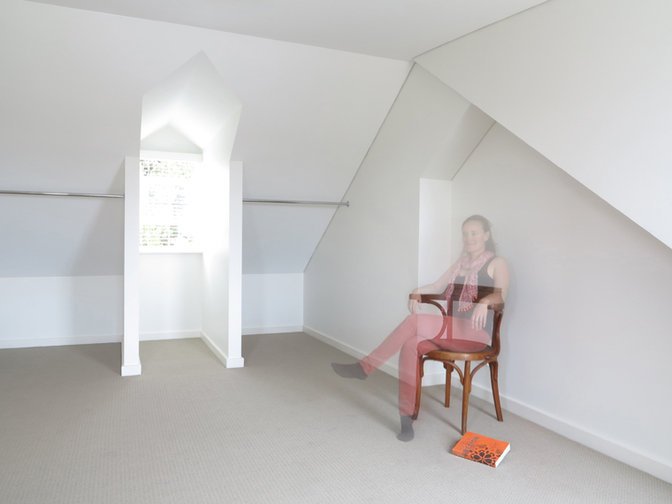
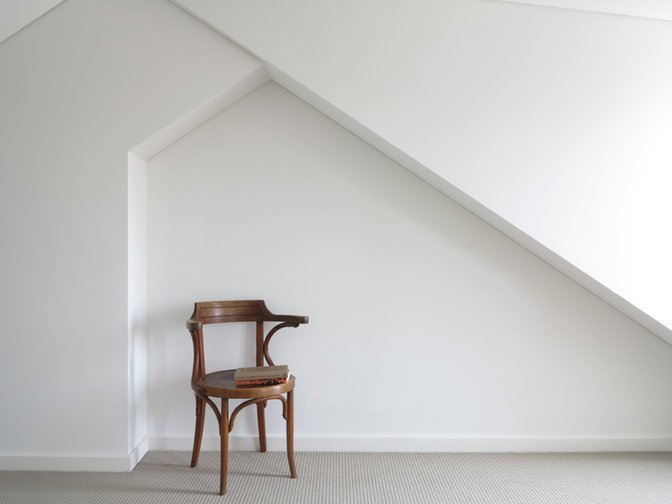
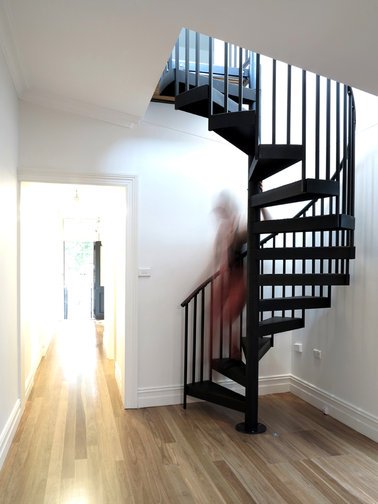
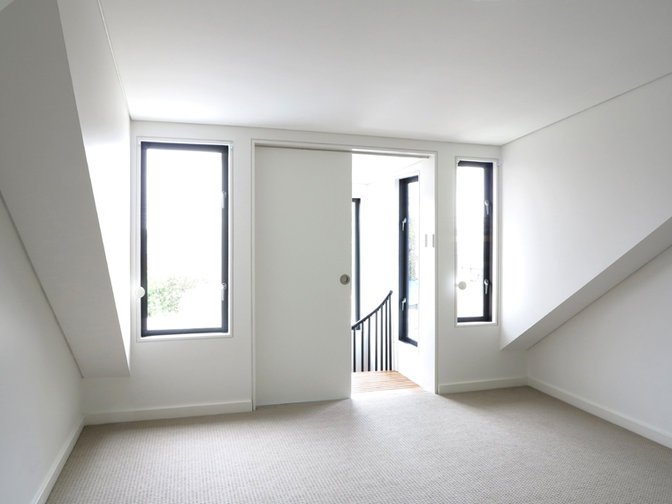
Attic Conversion
Newtown, 2013
The challenge is to add a second bedroom to a single bedroom terrace while reclaiming the front north facing room as the primary living space. The pattern of dormer windows and rear skillion roof extension have been followed. A spiral stair to access the attic bedroom has been positioned to the rear of the pitched roof to avoid compromising the existing ground level rooms to the front of the terrace house. Set-backs and set-downs ensure the original roof forms, slope and ridge are easily discerned and the integrity of the existing building form is not overwhelmed




Renovation
Enmore, 2013
The key design move for this small inner west renovation was to bounce northern light into the interior living spaces. An enlarged angular eave fascia acts as the reflector which in turn relies on the nieghbours wall to illuminate the kitchen, living and dining through windows set within a wall of joinery. The 1.5m wide side passage is deliberately linked to to both the living spaces and the rear yard to increase the sense of space on the small site. The front portions of the dwelling were also renovated and included two wet areas and a new bedroom. A bespoke ceiling profile has ensured the internal bathroom is a delightful light-filled room.



